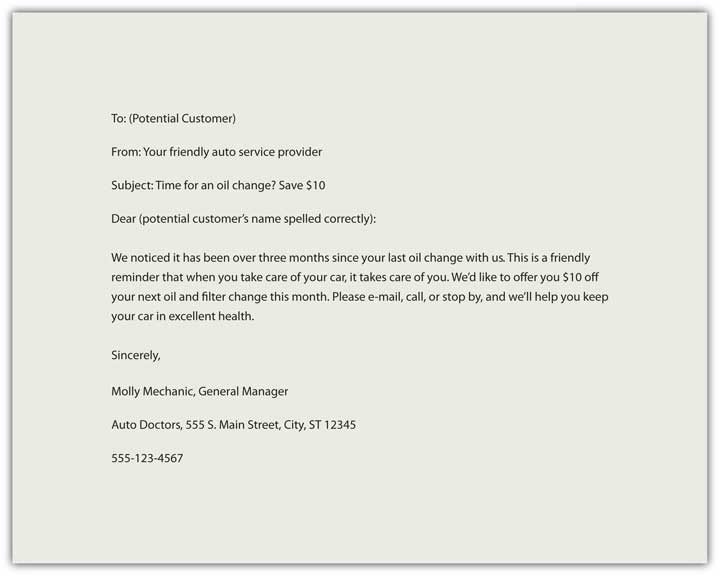Available under Creative Commons-NonCommercial-ShareAlike 4.0 International License.
Your product or service may sell itself, but if you require a sales message, you may want to consider these strategies for success:
- Start with your greatest benefit. Use it in the headline, subject line, caption, or attention statement. Audiences tend to remember the information from the beginning and end of a message, but have less recall about the middle points. Make your first step count by highlighting the best feature first.
- Take baby steps. One thing at a time. Promote, inform, and persuade on one product or service at a time. You want to hear “yes” and make the associated sale, and if you confuse the audience with too much information, too many options, steps to consider, or related products or service, you are more likely to hear “no” as a defensive response as the buyer tries not to make a mistake. Avoid confusion and keep it simple.
- Know your audience. The more background research you can do on your buyer, the better you can anticipate their specific wants and needs and individualize your sales message to meet them.
- Lead with emotion, follow with reason. Gain the audience’s attention with drama, humor, or novelty and follow with specific facts that establish your credibility, provide more information about the product or service, and lead to your call to action to make the sale.
These four steps can help improve your sales message, and your sales. Invest your time in planning and preparation, and consider the audience’s needs as you prepare your sales message.

Figure 14.12 Sample E-mail Sales Message
- 瀏覽次數:2716






